North America is home to an amazing array of caves—limestone caverns that resound with echoes, lava tubes that bore into the earth like subways, and human-made tunnels that penetrate to once-rich seams of ore. For this week’s installment of the #52WeekAdventureChallenge, we dig into one of the more unique environments for outdoor recreation, caves.
Interestingly, caves were some of the first outdoor environments to be leveraged for tourism. Indeed, Cooper’s Cave in upstate New York may have been the first. When James Fenimore Cooper wrote The Last of the Mohicans, he placed many of the cave scenes in the cave that now bears his name. Sometime after its publication in 1826, stairs were built that allowed visitors to explore its depths until 1962. While the wilds of the West were still being explored, the “show cave” became a roadside attraction in the east in places like Virginia, where there are more than 4,400 documented caves. These places were bought by railroad companies and developed as luxury destinations in a country that was quickly laying tracks from coast to coast. For years, caves have been appreciated for their stark contrasts—the quiet, the cold, and the amazing formations that accumulate like grains of sand under the elements and the slow trudge of time.
But how do they get there? There are several different kinds of caves: solution caves, lava caves, sea caves, glacier caves, and ice caves. Solution caves create some of the most dramatic cave systems that we see in the United States. By the steady action of water, rock, and gravity, large caverns and caves are bored out of the bedrock. As groundwater slowly moves, it dissolves the rock into solution and steadily displaces it, forming the largest cave systems in the world. Mammoth Caves is a solution cave. Lava caves, like those found all over central Oregon, develop when the surface of a lava flow cools and hardens, while the lava under this hard crust remains fluid and eventually drains, leaving behind a tube. Sea caves, like solution caves, are drilled by the action of water, driven by the tides and hastened by the sand that the waves carry. Glacier caves are formed by meltwater that bores long tubes into the ice of a glacier. Lastly, the unofficially named ice caves are solution and lava caves that contain ice formations as a result of their near-freezing temperatures.
For the outdoor recreationalist, caves challenge the sense of scale. They are not the rugged mountain or wide-open plain, but an intimate subterranean place, quiet and still and close. Often a descent into caves is a descent into soul—like all outdoor adventures, a new and unusual way to explore the different facets of being.
Ask and you shall receive.
Lava Caves
- Ape Caves, Washington (also a snowshoe)
- Pluto’s Cave, California
- Kaneana Cave, Hawai'i
- Thurston Lava Tube, Hawai'i
- Skylight Cave, Oregon
- Boyd Cave, Oregon
- Lava River Cave, Oregon
- Hidden Forest Cave, Oregon
- Boca Cave via Triangulation Peak, Oregon
Solution Caves
- Mammoth Cave National Park, Kentucky
- Timpanogos Cave National Monument, Utah
- Wind Cave National Park, South Dakota
- Cascadia Cave, Oregon
- Lehman Caves, Nevada
- Fulford Cave, Colorado
- Maquoketa Caves, Iowa
- Scout Cave via the Chuckwalla Trail, Utah
- Carlsbad Caverns National Park, New Mexico
- Luray Caverns, Virginia
Glacier and Ice Caves
- Sandy Glacier Ice Caves, Oregon
- Arnold Ice Cave, Oregon
- Guler Ice Caves, Washington
Sea Caves
- Sea Lion Caves, Oregon
Other Caves
- Bronson Caves, California (technically an excavated tunnel)


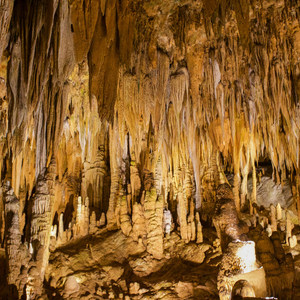
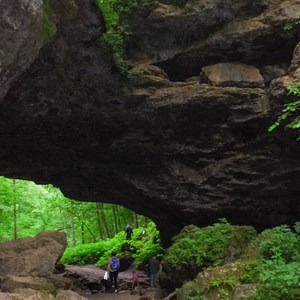
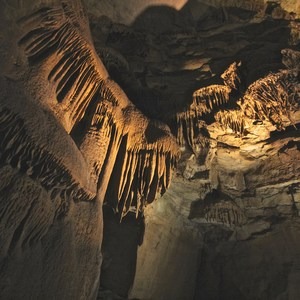

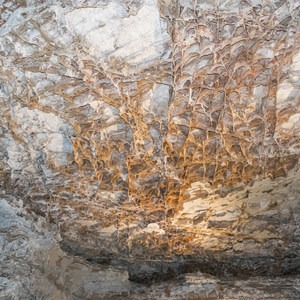
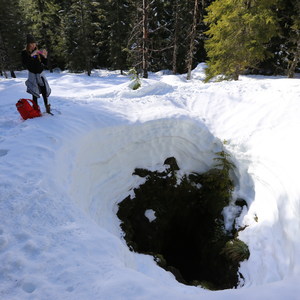
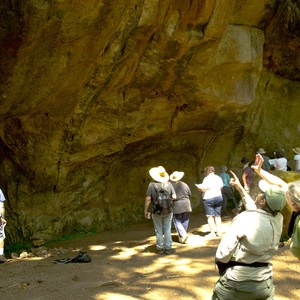
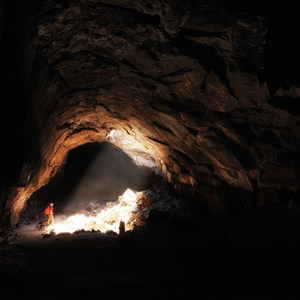



Comments
Sign In and share them.